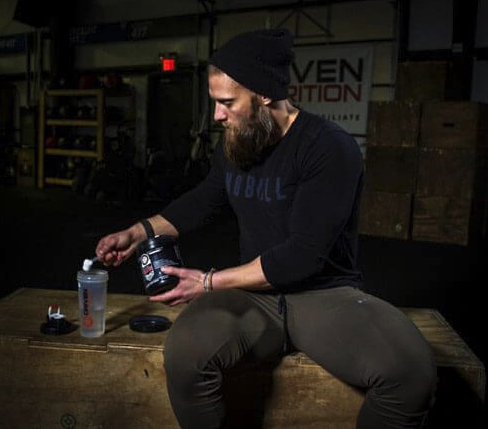I scream, you scream, we all scream for Creatine!
Creatine is by far the most studied dietary supplement of the last quarter-century. Its safety and effectiveness have been proven time and time again. A brief background on what you have undoubtedly heard before but may have forgotten.
Creatine is a non-essential nutrient produced in the body from the amino acids glycine and arginine. It is synthesized in the liver and kidneys where 95% of it is transported to skeletal muscles to be stored as energy. During high-energy demand states, creatine is used to convert inert ADP (andenosine diphosphate) into the fast fuel ATP. ATP (andenosinetriphosphate) is used for quick bursts of energy for sports like sprinting, weightlifting, and wrestling.
When creatine is drawn into the muscle cells it also increases cell volume by pulling more water into the cell. With that hydration other nutrients like amino acids and electrolytes can be stored in greater volume. This larger volume helps build larger muscles and improves recovery.
Now that you have had an overview of your physiology 101 course, here are a few creatine factoids you haven’t been told.
Creatine has been so well studied that more recent research has looked beyond what has become common knowledge in the athletic and supplement communities uncovering more benefits of creatine!
Creatine has been shown to boost calorie burning by an average of 100 calories per day when used regularly. While creatine is not a “fat burner” in the traditional sense its ability to increase the volume of muscle cells also increases the calories used by your skeletal muscle. It makes sense that a larger muscle producing more energy would utilize more calories during workouts and throughout your daily activities. While a 100 calorie average isn’t huge, consider all you had to do was stir some powder into your drink!
Creatine consumption can decrease Myostatin levels in the muscle cells. Creatine’s ability to increase muscle size and strength is well documented but not all details of how it does this are understood. Myostatin is a protein that prevents muscle growth. Lower your Myostatin levels and you’ll experience significant muscle growth. Heavy weight training is one way to lower your levels of Myostatin. Studies testing Myostatin levels of individuals lifting weights showed that levels were most reduced by those lifting AND taking creatine. Although the cellular interactions between creatine are not fully known, creatine has been shown to regulate Myostatin levels for improved size and strength.
Creatine not only increases muscle size, but it also DECREASES muscle breakdown. Another way creatine improves performance and speeds recovery is by decreasing chemical markers for muscle protein breakdown. When creatine pulls water into the muscle cell increasing cell volume it can also increase glycogen levels within the cell. MORE FUEL!!
This larger cell size carrying more fuel becomes more resistant to breakdown. As you know it’s not just about building muscle but also KEEPING the muscle you have already built!
These are just a few of the lesser-known benefits of creatine supplementation. If you have not taken creatine or if it has been a while it might be time to revisit this tried and true method of improving size, strength, and performance.
Our suggestion: Take 5-10 grams of micronized creatine monohydrate (depending on size) before or after working out.
~ written by Jason Rule, Driven Nutrition, “3 ways you DIDN’T know it was working for you”


